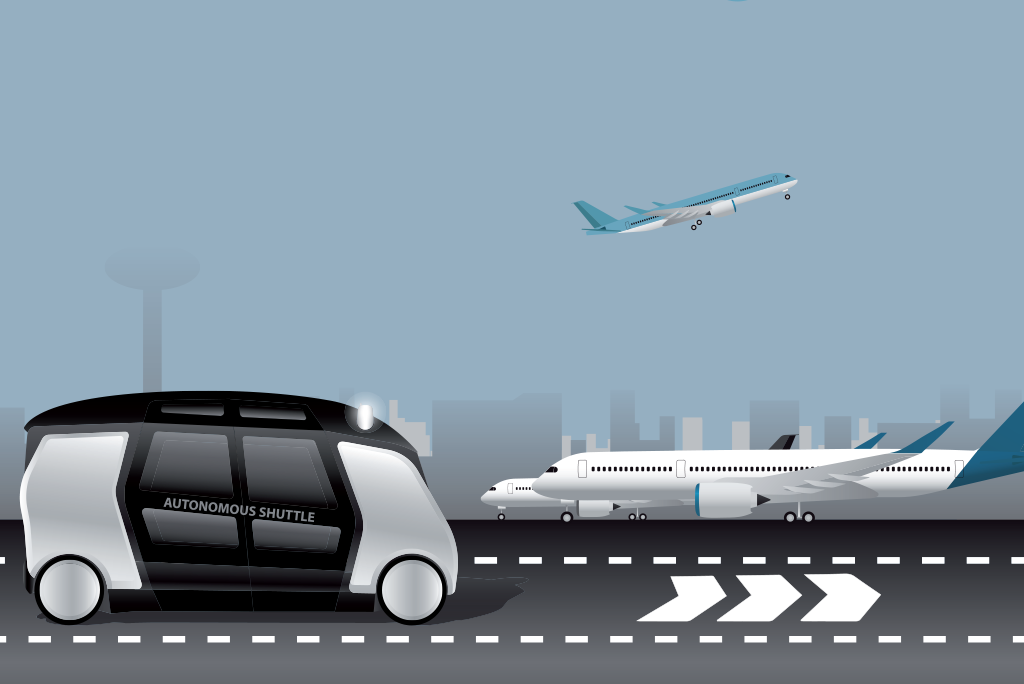
Why drive when you can use autonomous ridesharing to get to your destination? In 2019, ridesharing rose in popularity amongst consumers, reaching an estimated global value of $61.3 billion USD. The testing and development of autonomous vehicles have increased as organizations look to reduce operational costs with autonomous vehicle technology. In addition to investing in autonomous flying vehicles and delivery robots, some companies are also creating autonomous ridesharing options that will make getting from point a to point b even easier.
GM’s Origin
GM’s latest reveal, the Origin, is an electric self-driving vehicle recently unveiled in San Francisco. Designed by GM and Honda Motors, Origin in a driverless shuttle capable of holding six passengers at a time.
Designed to drive both on highways and in the city, the Origin has wide sliding doors that allows two passengers to get in simultaneously. It also has sensors capable of determining whether you are entering or exiting based on weight measurement and seat belt detection.
This autonomous ridesharing vehicle is not be available for consumer purchase, but it can be accessed through Cruise, a ridesharing app. All you have to do is request a ride, enter a code when the shuttle arrives, and press a button to start your ride once you are inside.
Uber’s Autonomous Option
Uber is also looking to offer an autonomous ridesharing option to consumers. On 24 January 2020, Uber began testing autonomous vehicles in Washington, D.C. However, it’s important to note that these cars will be in manual driving mode, which means that a trained vehicle operator will be behind the wheel and alert at all times.
After the fatal incident in Arizona in 2018, Uber is being more careful. The company’s current approach to autonomous vehicle research involves collecting data in order to help create high-definition maps intended to serve as the foundational information for the autonomous system.
LAYER in London
LAYER, an experience design agency based in the UK, has released its own autonomous ridesharing vehicle called Joyn. The primary concept behind this vehicle was to give UK customers a private, safe, and environmentally friendly ride share option.
Prepare for an Autonomous Future
Prepare your organization for the latest developments in AV technology with training in foundational and practical applications of autonomous, connected, and intelligent vehicle technologies. Developed by leading experts in the field, the IEEE Guide to Autonomous Vehicle Technology is a seven-course training program offered online.
Interested in purchasing the program for yourself? Access it through the IEEE Learning Network (ILN)!
Resources
Horvath, Edward. (27 January 2020). LAYER presents autonomous ride sharing platform for the future generation. design bloom
Kolakowski, Nick (27 January 2020). Uber’s Autonomous Driving Effort Enters Washington, D.C. Dice.
Leon, Harmon. (27 January 2020). GM Unveils New Self-Driving Car—But Will It Replace Uber?. The Observer.


[…] Autonomous driving is also a promising possibility in the future of ride-sharing. Companies like Uber and Lyft are making strides in developing self-driving vehicles. By 2023, autonomous cars could be bringing in $173 billion in global revenue. […]